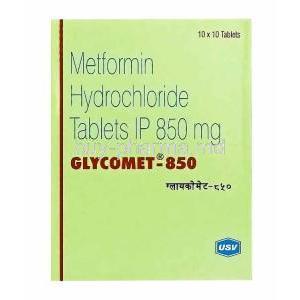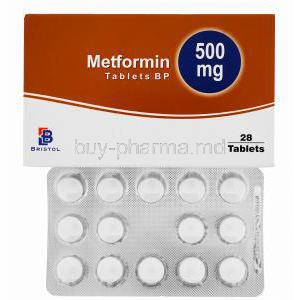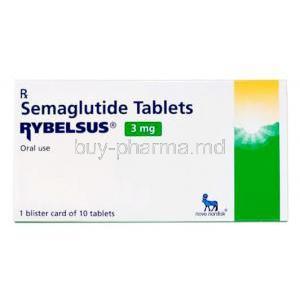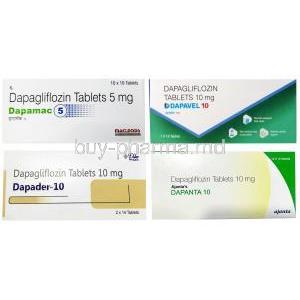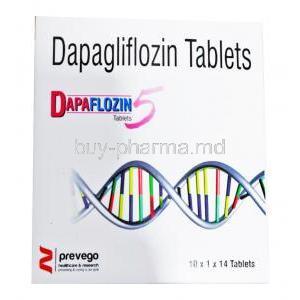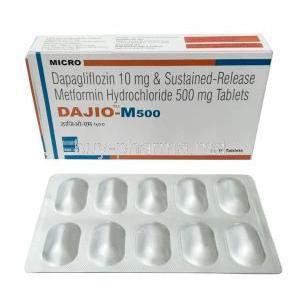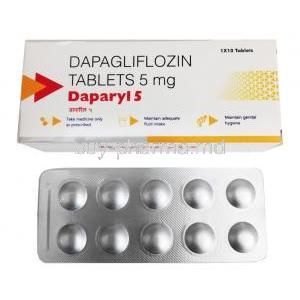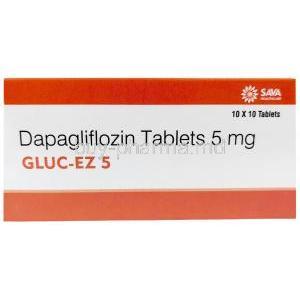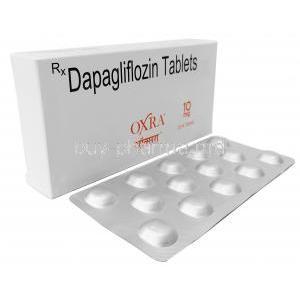Thioctacid
- Introduction
- Uses of Thioctacid
- How Thioctacid Works
- Dosage and Administration
- Composition of Thioctacid
- Common Side Effects
- Serious Side Effects and Warnings
- Off-label Use of Thioctacid
- Interactions with Other Medications
- Contraindications
- Careful Administration and Important Precautions
- Special Considerations in Administration
- Overdosage
- Storage Recommendations
- Handling Precautions
Introduction
History and discovery of Thioctacid
Thioctacid has emerged as a compound in the field of medical research. It was discovered during in-depth studies on treatments for metabolic disorders, and its potential was immediately recognized, generating interest within the medical community. This interest stems not only from its therapeutic capabilities but also from its various contributions to human health.
General overview of its medical applications
Thioctacid has a range of applications in the field of pharmacology. It is commonly used in medical areas such as treating metabolic disorders, providing antioxidant therapy, and protecting the liver. Its versatility makes it highly valued in medicine.
Uses of Thioctacid
Treatment of diabetic polyneuropathy
Diabetic polyneuropathy is a complication that arises from having diabetes for an extended period of time 1. Thioctacid (alpha-lipoic acid) plays a role in managing this condition by providing relief to numerous patients by addressing its symptoms. This compound assists in alleviating pain, enhancing the speed at which nerves conduct signals, and improving overall nerve functioning 234.
Here are the HTML links to the references:
2: Thioctic Acid for Patients with Symptomatic Diabetic Polyneuropathy 3: Thioctacid is effective for neuropathy symptoms and hyperglycemia … 4: THIOCTACID 600 T injection 5X24 ml diabetic nerve damage … 1: Diabetic neuropathy - Wikipedia
Scientists have long associated free radicals and oxidative stress with different health problems. Thioctacid, known for its antioxidant properties, is a protective shield against these harmful effects caused by oxidation. Its ability to neutralize radicals, strengthen the body's defense mechanisms, and enhance natural antioxidant systems are remarkable ways it exhibits its antioxidative strength.
Benefits in liver diseases and detoxification
As an organ responsible for detoxification, the liver often suffers the impact of different toxins. Thioctacid in this situation brings a sense of optimism. By supporting the liver's health and aiding in detoxification, it shows promise as an ally in treating various liver conditions.
How Thioctacid Works
Mechanism of action in the cellular level
Thioctacid primarily works within cells, explicitly targeting mitochondria to regulate their function, improve glucose usage, and optimize energy production. Additionally, it prefers specific cellular receptors influencing internal signaling pathways, leading to a wide range of therapeutic benefits.
Role in energy metabolism
Thioctacid has a role in energy metabolism. It functions as a co-factor in enzymatic reactions crucial for synthesizing adenosine triphosphate (ATP). This leads to cells equipped with Thioctacid having improved energy production, which is essential for optimal performance.
The science behind its antioxidant effects
The antioxidant properties of Thioctacid are pretty complex. Its ability to provide electrons, its capability to bind with metals, and its effectiveness in replenishing antioxidants such as vitamin E and glutathione all solidify its role as a powerful antioxidant.
Dosage and Administration
Recommended daily dose for adults
The usual daily dosage of Thioctacid for adults is generally between 300 to 600 mg. However, the specific recommendation can vary depending on needs, the severity of the condition, and the doctor's judgment.
Route of administration: Oral vs. intravenous
Thioctacid can be taken by mouth or through an IV. Taking it orally is convenient and commonly used for treatment. On the other hand, using an IV provides a fast response and is usually only done in urgent situations or when taking medication by mouth isn't possible.
Factors affecting dosage decisions
Several factors affect the determination of Thioctacids dosage, such, as the person's age and body weight, the seriousness of their condition, any other health issues they may have, and the medications they are currently taking.
Composition of Thioctacid
Active ingredients and their proportions
The main component found in Thioctacid is called alpha acid. The amount of alpha lipoic acid can differ depending on the formulation, but it usually falls within the range of 300 to 600 mg per dose.
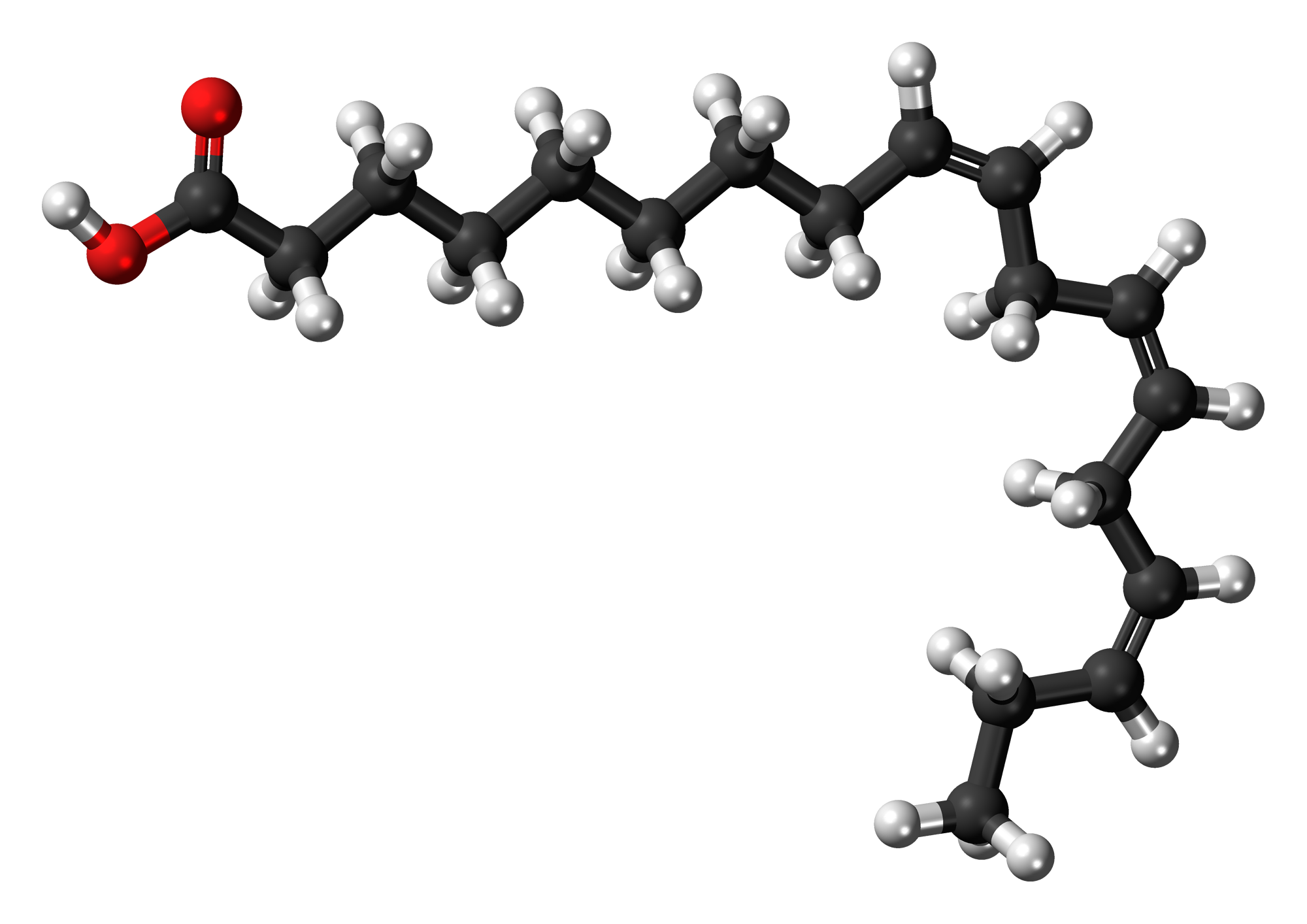
Inactive components and their purpose
Like any other medical product, Thioctacid includes various inactive components that act as binders, fillers, and stabilizers. These substances play a role in maintaining the drug stability, extending its shelf life, and facilitating the proper release and absorption of the medication.
Common Side Effects
Gastrointestinal disturbances: nausea, vomiting
Some people may encounter issues like feeling sick or throwing up after taking Thioctacid. Although these symptoms are typically temporary, you must inform your healthcare provider if they worsen.
Allergic reactions and skin rashes
While it is not common, some individuals may experience reactions to Thioctacid, which can result in skin rashes, itching, or more systemic severe reactions. If there is any suspicion of a response, it is essential to seek immediate medical attention.
Dizziness and vertigo
Some patients might feel dizzy or experience vertigo after taking the medication. Refraining from activities that demand focus, like driving, is advisable until the effects subside.
Serious Side Effects and Warnings
Potential hepatic and renal issues
While Thioctacid can affect liver health, it is essential to note that in some instances, particularly among individuals with pre-existing conditions, it may worsen hepatic or renal problems. Therefore, monitoring liver and kidney function tests when undergoing long-term treatment is crucial.
Hypoglycemia risks for diabetic patients
Considering its involvement in the processing of glucose, Thioctacid has the potential to enhance the effectiveness of medications, which could potentially result in low blood sugar levels. It is essential for individuals with diabetes to diligently monitor their blood sugar levels and make appropriate adjustments to their medication dosages accordingly.
Neurological concerns
Neurological side effects, although uncommon, should not be disregarded. You must inform your healthcare provider if you experience numbness, tingling, or cognitive difficulties.
Off-label Use of Thioctacid
Potential benefits in Alzheimer’s disease
Thioctacid (alpha-lipoic acid) has been studied for its potential effectiveness in treating Alzheimer’s disease 1. Its ability to act as an antioxidant and improve function may help alleviate the progression of neurodegenerative processes, providing hope for those affected by this devastating condition 1.
Here are the HTML links to the references:
1: Alpha-Lipoic Acid Uses, Benefits & Dosage - Drugs.com
Role in weight management
Thioctacid (alpha-lipoic acid) has been studied for its potential effectiveness in managing weight 1. It increases the absorption of glucose in our cells and improves how we use energy, which ultimately assists in burning calories and managing weight 1.
Here is the HTML link to the reference:
1: Alpha-Lipoic Acid Uses, Benefits & Dosage - Drugs.com
Applications in skin care and anti-aging
Thioctacid (alpha-lipoic acid) has antioxidant properties that have been studied for their potential effectiveness in skincare and anti-aging 12345. By neutralizing free radicals and strengthening the skin’s natural defense mechanisms, it aims to reduce the appearance of fine lines and wrinkles, improve skin texture and elasticity, and give a youthful radiant complexion 12345.
Here are the HTML links to the references:
1: Antioxidant Skincare: How to Use Antioxidants for Anti-Aging - Byrdie 2: Best Antioxidants for Aging Skin: Do Antioxidant in Skincare Work? 3: Antioxidants for Acne, Wrinkles, and Dark Marks - Antioxidants in Skincare 4: The Best Antioxidants for Your Skin & Their Benefits | Dermstore 5: Five Super Anti-Aging Antioxidants Your Skin Needs
Interactions with Other Medications
Consequences with antidiabetic agents
Considering the impact of Thioctacid on glucose metabolism, it is essential to be aware that using it together with medications can enhance the effects of low blood sugar. Therefore, it is crucial to monitor blood glucose levels and potentially adjust the dosage of antidiabetic medicines.
Interaction with alcohol and its effects
Simultaneously consuming Thioctacid and alcohol can potentially increase stress on the liver. Since both substances are processed by the liver, taking them together could result in levels of liver enzymes. It is essential to be cautious and moderate when combining these two.
Concerns with antihypertensive medications
There is research on the effects of Thioctacid when taken with antihypertensive drugs. Early findings indicate that it may affect blood pressure levels, so it's essential to monitor and make any necessary dose adjustments.
Contraindications
Situations where Thioctacid should not be used
Thioctacid, while offering benefits, is not a cure-all solution. There are medical situations where its usage is not recommended, including Patients with a known sensitivity to the compound. Certain metabolic disorders that make its use contraindicated. Severe liver or kidney conditions. Please note that Thioctacid may not be suitable for everyone, and it is essential to consult with a healthcare before using it.
Specific health conditions and their risks
People with health conditions, especially those with impaired liver or kidney function, may face increased risks when taking Thioctacid. They need to undergo monitoring and periodic medical checkups in such cases.
Known allergies and hypersensitivity reactions
Allergic responses to Thioctacid while not common require discontinuation of treatment. The symptoms can vary from skin irritations to serious anaphylactic reactions underscoring the need, for prompt medical advice if there is any suspicion.
Careful Administration and Important Precautions
Monitoring liver and kidney function
Regular monitoring of liver and kidney function tests is necessary to ensure the effective use of Thioctacid as it is metabolized in the liver and excreted by the kidneys.
Regular blood sugar level checks for diabetics
People with diabetes who are taking Thioctacid should make sure to check their blood sugar levels. This proactive approach allows for intervention and adjustments in dosage, preventing the occurrence of hypoglycemic episodes.
Awareness of potential dizziness and operation of machinery
Sometimes, Thioctacid may cause a feeling of dizziness. If you experience this side effect, it's best to avoid operating machinery or driving until the symptom disappears.
Special Considerations in Administration
Administration to the Elderly
Elderly patients may require modified doses of Thioctacid due to the changes that occur with aging. Moreover, it is crucial to monitor them as they are at a higher risk of experiencing side effects in this age bracket.
Administration to Pregnant Women and Nursing Mothers
The safety of using Thioctacid during pregnancy is still being studied. Initial findings indicate that it's best to be cautious. If you're a nursing mother, it's essential to consider the risks and benefits since Thioctacid can pass into breast milk.
Administration to Children
When giving Thioctacid to children, it's essential to take an approach. This means considering the dosage based on their age, keeping a close eye on them, and being mindful of potential side effects. Our top priority is ensuring children are safe and well taken care of.
Overdosage
Symptoms of Thioctacid overdose
If you consume much Thioctacid, you may experience severe gastrointestinal disturbances, profound hypoglycemia, and neurological manifestations. It is crucial to seek medical attention in these situations.
Immediate actions and treatments
If someone is suspected of taking too much medication, stopping immediately and seeking medical care is recommended. It is advisable to be hospitalized for monitoring and intervention. Depending on the time since the ingestion options, like lavage or activated charcoal, might be considered.
Potential long-term consequences
Excessive and prolonged use of Thioctacid can strain the liver and kidneys, which may result in long-term harm. Being watchful and taking action can help reduce these risks.
Storage Recommendations
Optimal temperature and conditions
To maximize the shelf life and effectiveness of Thioctacid, storing it in a room-temperature environment protected from sunlight and moisture is recommended. A relaxed and dry setting will help preserve its properties.
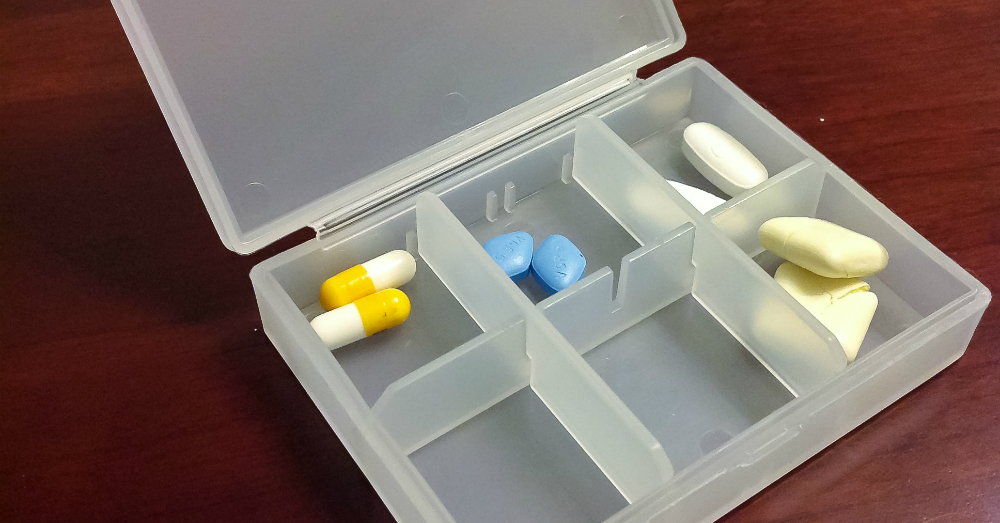
Shelf life and expiration
Like any medication, Thioctacid has a shelf life. Using the product after its expiration date could potentially reduce its effectiveness. Even cause harmful side effects.
Safe disposal methods
It would be best if you safely disposed of any Thioctacid that has expired or is unused. You can. Return it to a pharmacy or follow the local guidelines for disposing of biomedical waste, which will help ensure environmental safety.
Handling Precautions
Safe handling and transport
Thioctacid must be safeguarded from temperatures and moisture while in transit. It is crucial to maintain the specified conditions during transportation to ensure the integrity of the product.
Guidelines for healthcare professionals
Healthcare professionals working with Thioctacid should follow guidelines to ensure it is stored, administered, and disposed of safely. This is important to protect the health of both patients and the environment.
Patient safety and storage tips
It is essential for individuals who are prescribed Thioctacid to keep it in a place where children and pets cannot access it. Storing it in its packaging away from direct sunlight and moisture helps maintain its effectiveness as a therapeutic treatment.


